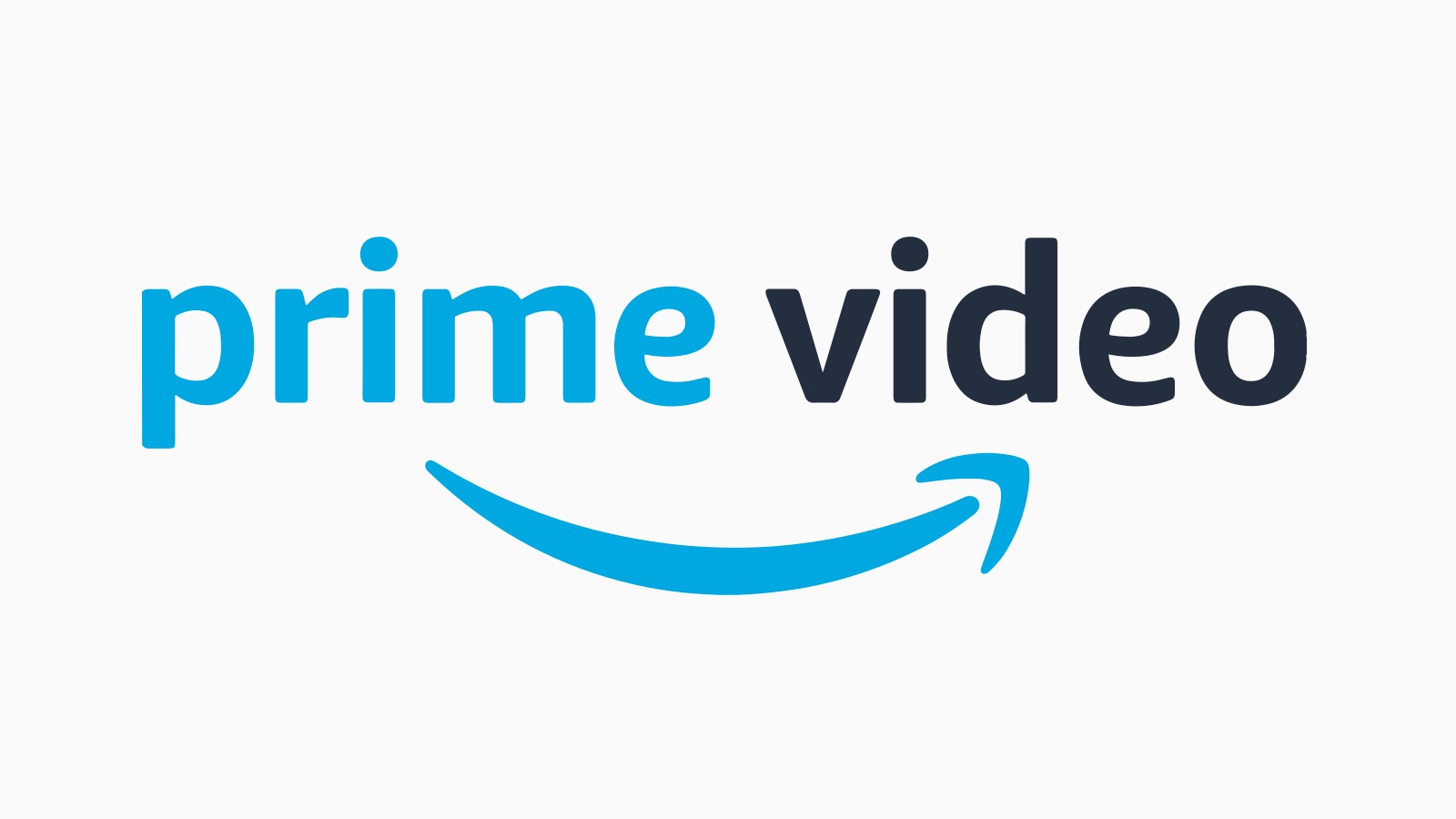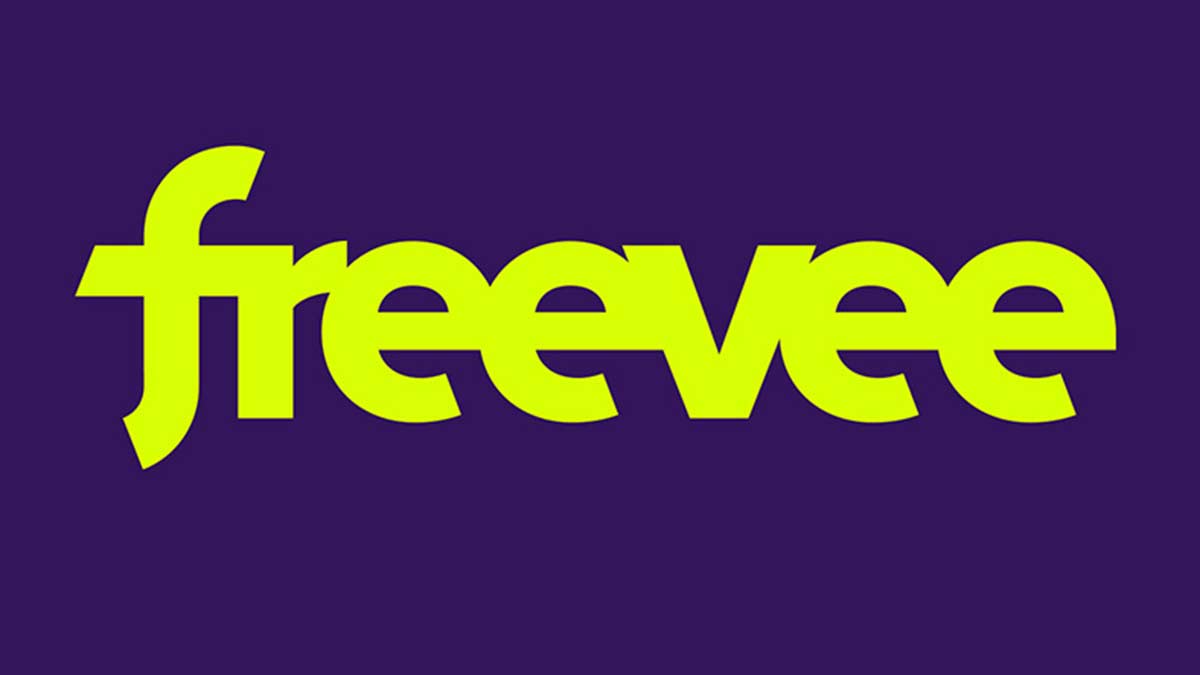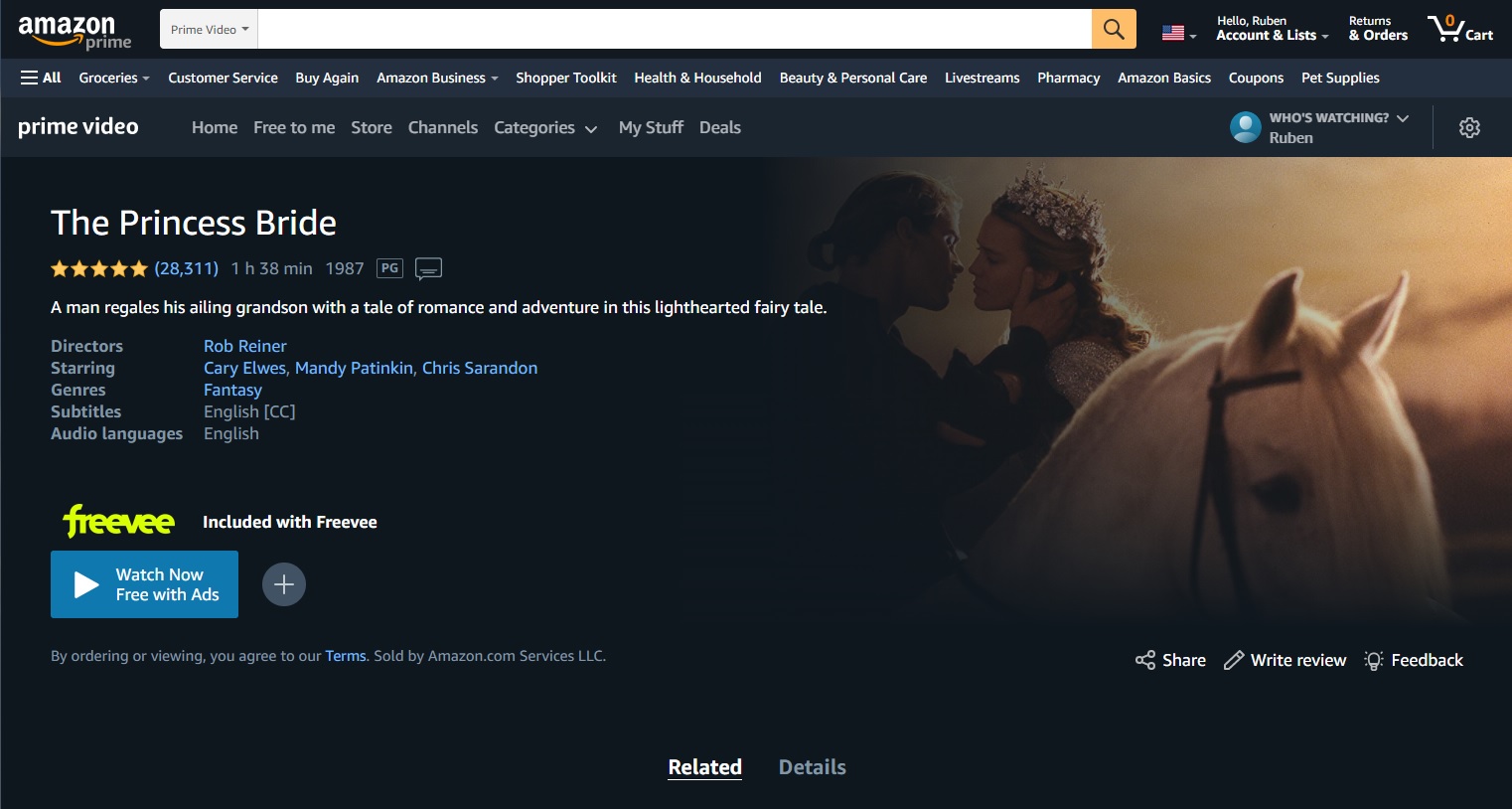I pay for Amazon Prime Video, so why am I seeing ads?
Apparently, Prime Video content isn't always ad-free, but why?

This year on Mother’s Day, after spending far too much on wine at a tapas place, my Mom and I went home and settled down to watch a film. A few days prior, we rewatched Forrest Gump and had gotten on a bit of a Robin Wright kick, so up next we decided to go for The Princess Bride. Since there are only about 30,000 different streaming services, I opened up Google and searched for “princess bride streaming” to find out which site had this particular film.
I’m more of a Roku man myself, but my mom is pretty firmly in the Amazon camp with Fire TV Sticks littering her house. So, when I saw that the Princess Bride was free on Amazon Prime Video, according to Google’s familiar ‘Available on’ box at the top of the search results page, I quickly spoke into the Fire Stick remote, “Hey, Alexa, play The Princess Bride.” Promptly, Amazon’s digital assistant did my bidding and loaded up the movie.
Sounds great, right? Thing is that a few minutes in, right as we were going through the montage of Buttercup learning Westley meant ‘I love you’ each time he said ‘As you wish’ to one of her requests, Prime started playing us ads. My mom was unfazed, used to commercials after a lifetime of cable, but I was a bit shocked. I’d never seen an ad on Amazon Prime before, and I was confused about the whole thing.
Since then, well, I’ve done the research, and here’s why you might see ads on Amazon Prime Video even though you’re paying for the service…
Amazon Prime Video content vs third-party Prime Video content

Amazon Prime Video is Amazon’s version of Netflix in the sense that you pay for access to a library of shows and movies you can watch for free without ads. This comes in addition to Amazon’s Prime Video store where you can rent or buy a huge variety of movies and shows that aren’t available for free on Prime Video.
By now, the above is old news for most people, but what you might not know is that there’s another major type of Prime Video content: third-party content. Unlike traditional Prime Video content, this third-party content can be ad-supported. Though, some traditional Prime Video content will have “snippets” before or after the video that usually advertise other Amazon content. Third-party content can also come in the form of paid subscription content through the likes of providers such as HBO or Showtime, which you can sign up for and watch through Prime Video. This ad-supported third-party content is where it gets interesting, though, because Amazon isn’t partnering with other smaller streamers like Fuse TV or Sling TV and the like to expand Prime Video’s library.
In the case of The Princess Bride, the movie is provided (with ads) by Freevee. What’s Freevee, you ask? Good question. Freevee didn’t exist before April 2022 when IMDb TV rebranded to Freevee. This, of course, came after IMDb TV’s first rebrand from its original launch as IMBd Freedive. Amazon has owned IMDb since the 1990s, so IMBd, IMBd Freedive, IMDb TV, and now Freevee are, in fact, all effectively Amazon.
Get the What Hi-Fi? Newsletter
The latest hi-fi, home cinema and tech news, reviews, buying advice and deals, direct to your inbox.
The customer gets the short end of the stick

To be clear, there’s nothing wrong with Freevee as a service. It’s pretty widely accepted that if you want to watch something for free you’ll have to put up with some ads in exchange. And even for me, somebody who really hates ads, sometimes it’s just not worth it to spend the time or money finding a better solution. In fact, some services are even less generous than Freevee.
Hulu, for example, might have a much better catalog than Freevee, but you still have to pay for a subscription and watch ads if you don’t opt for the more expensive ad-free subscription tier. Freevee isn’t charging anything, just putting ads into its content. Suffice it to say that it could be a lot worse. But it’s not like you’re actually visiting the Freevee site to watch Freevee content.
Here’s how Freevee on Prime will work for most people. You want to watch a movie, so you search for it on Google. Usually, the first result will be Google’s own ‘Available on’ box telling you where you can find any particular piece of content. You’ll look through the box and see Amazon Prime Video with the word ‘Free’ written underneath it. So, you’ll load up the movie on Amazon Prime, expecting your average Prime Video experience, which doesn’t include ads.
But firstly, you will indeed get ads. And secondly, these are Amazon’s own ads, not the ads of a third-party provider outside of Amazon subsidizing its own content’s inclusion on Prime through ads. By including Freevee content as part of Prime Video’s library without making it clear, it feels like Amazon is having its cake and eating it too, getting to serve ads to people while still maintaining Prime Video’s reputation as an ad-free Netflix-style service.
Now, before you fire off an angry comment accusing Mr Bezos of lining his pockets with your hard-earned cash, it’s important to realize that this whole situation is probably neither malicious nor intentional. The way Google represents and displays information in Google Search is an enormously complicated beast that Amazon likely doesn’t have much control over. Plus, Amazon has never before needed to make the distinction between Amazon content and Freevee content, because Freevee had been IMDb TV up until just a few months ago and most people already know IMDb is an Amazon brand.
So, what’s the solution, here? Is this just another streaming complication?
To make sure you never get misled and accidentally start watching something with ads, the simplest thing you can do is to not use Google to find out where you can stream something. JustWatch, for example, is a site you can use to search for TV shows and films and see where you can stream them. Conveniently, JustWatch will make a firm distinction between Freevee’s ad-supported content and traditional Prime Video content.
Ideally, Google will change up its system a bit to show Freevee content on Prime Video as available “For free (with ads) through Freevee” to make everything abundantly clear. On Amazon’s end, the easy solution is to just have a note somewhere on the film’s Amazon page describing what Freevee actually is so customers know that it's simply Amazon’s free, ad-supported content library. Of course, just folding Freevee into Prime Video as a new, free subscription tier makes the most sense, but Freevee has already had two rebrands in three years.
Every day, it feels like streaming becomes more expensive, more complicated, and more like the horrors of cable that streaming itself popped up to offer an alternative to, but that’s probably not going away anytime soon, so it’s better to understand how these services work and make the most of them as they are.
MORE:
Best streaming services for movies and TV shows 2022
Read our Amazon Prime Video review
Ruben is a long-time freelance consumer technology and gaming journalist, and was previously a Staff Writer at What Hi-Fi?. Since 2014, Ruben has written news, reviews, features, guides, and everything in-between at a huge variety of outlets that include Lifewire, PCGamesN, GamesRadar+, TheGamer, Twinfinite, and many more. Ruben's a dedicated gamer, tech nerd, and the kind of person who misses physical media. In his spare time, you can find Ruben cooking something delicious or, more likely, lying in bed consuming content.

